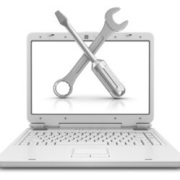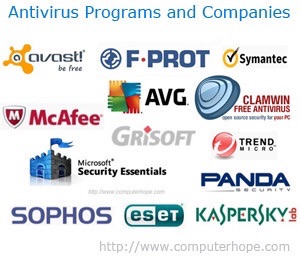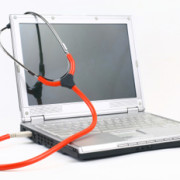Part 2 : Top 10 fixes for common PC Problems
Part 2 : Top 10 fixes for common PC Problems
By Jeandre de Beer / Pc World
This is part 2 of our blog regarding the top 10 fixes for common pc problems.
In the first blog we discussed the following fixes : Attack of the BlueScreen of Death, Recover deleted files, Back up your data files, Protect your privacy while browsing and Speed up a slow PC without buying new hardware.
In this blog we will discuss : One antivirus program is better than two, Securely wipe sensitive files—or your entire hard drive, A slow Internet connection when you’re paying for a fast one, Archive files so they’ll stay around for years and You do need to share your passwords.
1. One antivirus program is better than two
PROBLEM: Running two antivirus programs is a bit like mixing a fine, vintage Cabernet with breakfast cereal. Each is good in its own right, but the combination may have unpleasant side effects
FIX: Before I explain why, let’s get some definitions out of the way. The term antivirus has come to mean a program that launches when you boot your PC and stays running in memory, protecting you in real time not just from viruses, but trojans, rootkits, and all other forms of malware.
Two antivirus programs, loaded and running simultaneously, will be, at the very least, redundant. And in this case, you don’t want redundancy. Keep in mind that every program running uses RAM and clock cycles, potentially slowing down every other running program.
A well-made antivirus program has a very small footprint, and doesn’t slow things down significantly. But two such programs running together will slow it down twice as much.
And it could be worse. The two programs may conflict with each other—remember that every time you download a file, both will try to scan it. Conflicts could result in other programs failing to work and Windows becoming less stable.
If you’re worried that one antivirus program isn’t enough, you can augment it with an on-demand malware scanner. Unlike antivirus programs, they don’t hang around. You load one, update its database, scan your hard drive with it, and close it when you’re done.
I use two of these programs—the free versions of SuperAntiSpyware and Malwarebytes Anti-Malware. Once a week, I scan my hard drive with one or the other.







